Origins of Wivenhoe Pub Signs
The word 'sign' derives from the Latin 'signum' meaning identifying mark or symbol
Keith Bunting
Signs with pictures rather than words were introduced by the Romans from when most people were illiterate.
Origins of Pub Signs
Picture signs were used for all retail premises by the Romans in 43AD. As most people were illiterate the signs had no words. The picture clearly identified the nature of the establishment. The Romans introduced a vine bush outside an Inn to symbolise wine for sale. As growing vines in England was difficult, small evergreen bushes were substituted. Ale stakes, long poles used to stir the ale, were hung outside alehouses. If wine and ale were sold, both bush and pole were displayed. A generic pub sign couldn’t distinguish one pub from another, so individual signs were introduced which identified the location of specific pubs.
Pubs offering accommodation may have displayed St Peter’s Cross Keys symbol widely known to mean a resting place. Pubs, with seafaring connections would show a ship and support for a King with the monarch’s symbol. When words were added it was often the picture rather than its meaning which became the name. The sign wasn’t the pubs name, which is why Shakespeare and Chaucer refer to ‘at the sign of’. At the sign of James I was the Red Lion (his emblem). At the sign of St Peter was his Cross Keys emblem. Owners selected the sign which would best attract custom. Pub signs depicted a trade, activity or a King’s, portrait or heraldic symbol.
Adding a Name to the Picture Sign
When literacy rates improved, names were added, but the symbolic meaning of some signs was forgotten and the name of the pub based on the picture rather than its original meaning. Over time, the sign was sometimes refurbished without the owner realising its origins. The Rose and Crown today shows a Lancastrian Red Rose, not the original Rose and Crown of 5 red and 5 white petals, representing Henry VII combining of the houses of Lancaster and York. Pub signs can tell us how people earned their living, their allegiances and the history of Wivenhoe.
By 1430 laws compelled pubs to display signs, including the King’s White Hart symbol with the penalty that ‘otherwise he shall forfeit his ale’. A pub’s name helped to identify other places, particularly in towns without street names or numbers. By the early 1700s exterior retail signs were prominent, but many were dangerous. The regulations to control them led to their gradual disappearance, apart from, pubs, the barbers (red & white pole) and pawnbrokers (three balls). Some retail signs evolved into trademarks, whilst pub signs continued and evolved to reflect and follow trends.
Pub Signs Depicting River and Sea Activity
Pubs in places with fishing, shipbuilding or seafaring industries would adopt a sign recognising this. The Anchor Inn on Wivenhoe’s quayside used a name typical of towns with sailing connections. After the decline of the wool industry and the 1782 launching of two prestigious ships, The Inspector and The Comet in Wivenhoe, the Woolpack changed its name to The Ship at Launch. In 1860 three pubs with ship connections opened. Shipbuilder Joseph Harvey named his pub built near the family shipyard in West Street, The Shipwrights Arms. William Hindwood, a ships carpenter named his pub on Queens Road, the ‘Old Shipwrights’. The Sailors Return became the 4th Pub on the quayside. In 1911 sea captain William Ennew changed the name of his Black Boy pub to Black Buoy. Other pubs near the quay had names suggesting the significance of yachts and yacht making in Wivenhoe, such as The Yachtsmans Arms on Anglesea Road and The Yachters Arms, now the Indian restaurant on the High Street.
Pubs Offering Accommodation
Inns developed in the middle ages from religious places, which usually provided a place to sleep overnight. Wivenhoe’s first inn was probably The Cross Keys, the symbol of disciple Peter, who guards the gates of Heaven. Taverns were often built at road intersections, ideal places to stop overnight. Cross Keys was a popular pub name in the Middle Ages and eventually became associated with taverns with rooms. Few records exist of Wivenhoe’s Cross Keys Inn. By 1636 Wivenhoe had The Falcon Inn, by 1729 The Anchor Inn and by 1764 The Rose and Crown Inn. The name hotel was not used in England before 1800. In Wivenhoe the first hotels were built within two years of the 1863 opening of its train station, The Station hotel in 1863, Park Hotel in 1863 and Grosvenor Hotel in 1865.
Pub Signs Depicting a King
Some Wivenhoe pub signs indicated loyalty to a King and were used from the 14th century when royal badges were widely adopted. Edward III original shield was ‘the Kings Arms’, to which a Sun was added in recognition of ancient Britons belief in the sun’s power. Edward also used a Falcon symbol. Henry VII used the Rose and Crown and Greyhound. James I used the Red Lion. In Wivenhoe the sign used to represent Charles II was based on his nickname, the black boy, not his heraldic shield, the Tudor Rose. Some kings had more than one emblem and some emblems were used by more than one king, so identifying each pubs king wasn’t always easy. This may explain why all Wivenhoe pubs took their name from the picture. The pub at the sign of Henry VII is the Rose and Crown, not the Henry VII. The pub at the sign of James I was the Red Lion not James I and the Black Boy wasn’t called Charles II.
Pub Signs Depicting Trades or Activity
The Falcon Inn is generally believed to be named after the sport of falconry, popular in the 1600s when the pub opened, alternatively it may be in support of Edward III, whose emblem it was. The Trowel and Hammer was named about 1860 by owner Benjamin Pitt, a bricklayer and builder. The Woolpack reflected the thriving wool industry in Wivenhoe in the Middle Ages and The Brewers Arms and Brewery Tavern were so named because they brewed beer sold on their premises.
Changes to Pub Signs
Signs were usually changed when the pub name changed, which sometimes happened with a new owner. Captain William Ennew 1912 changed the name of Black Boy to Black Buoy resulting in the picture of Charles II being replaced by a maritime buoy. The Bull changed name in 1860 to the Trowel and Hammer when it was bought by a builder. The Maidens Head was reputedly changed to Swan on advice from Churchwardens of St Mary’s. Other name changes include the Woolpack to Ship at Launch and Old Shipwrights to Anglesea Arms. The Rose and Crown, changed the meaning of its sign (probably inadvertently) but kept its name.
General Sources:
- Butler N, “The Story of Wivenhoe”, Quentin Press Wivenhoe, 1989
- Barton D, “Wivenhoe: its attractions, pleasures and eccentric natives”, Dick Barton Enterprises 1975.
- Kay P, “Wivenhoe Pubs”, published by Peter Kay 2003.
- Thompson P, “Sea- Change, Wivenhoe Remembered” Tempus Publishing Ltd, 2006
- Various online registers & records: Pubs, Inns & Taverns Index for England 1801-1900

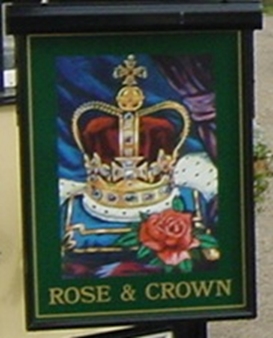
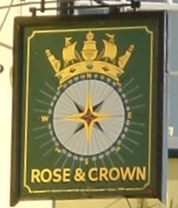
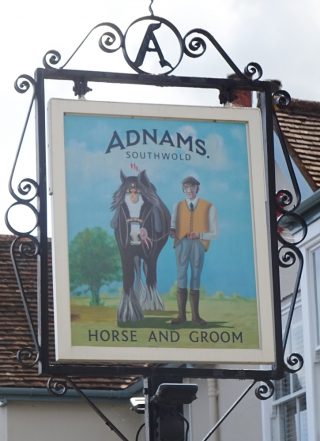
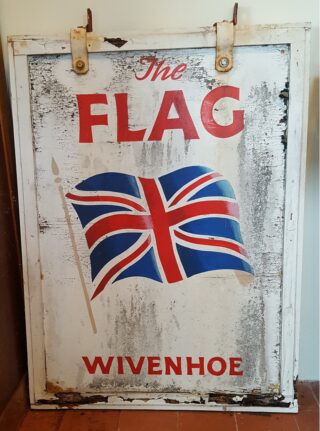
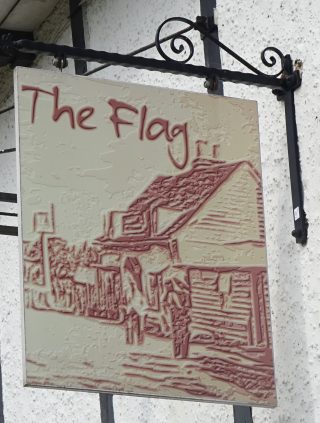
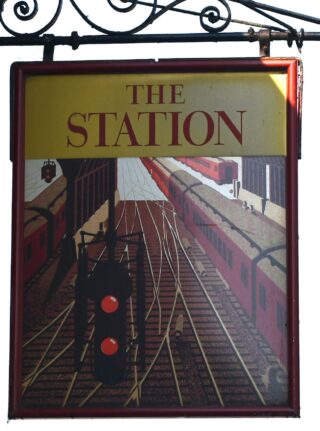





No Comments
Add a comment about this page